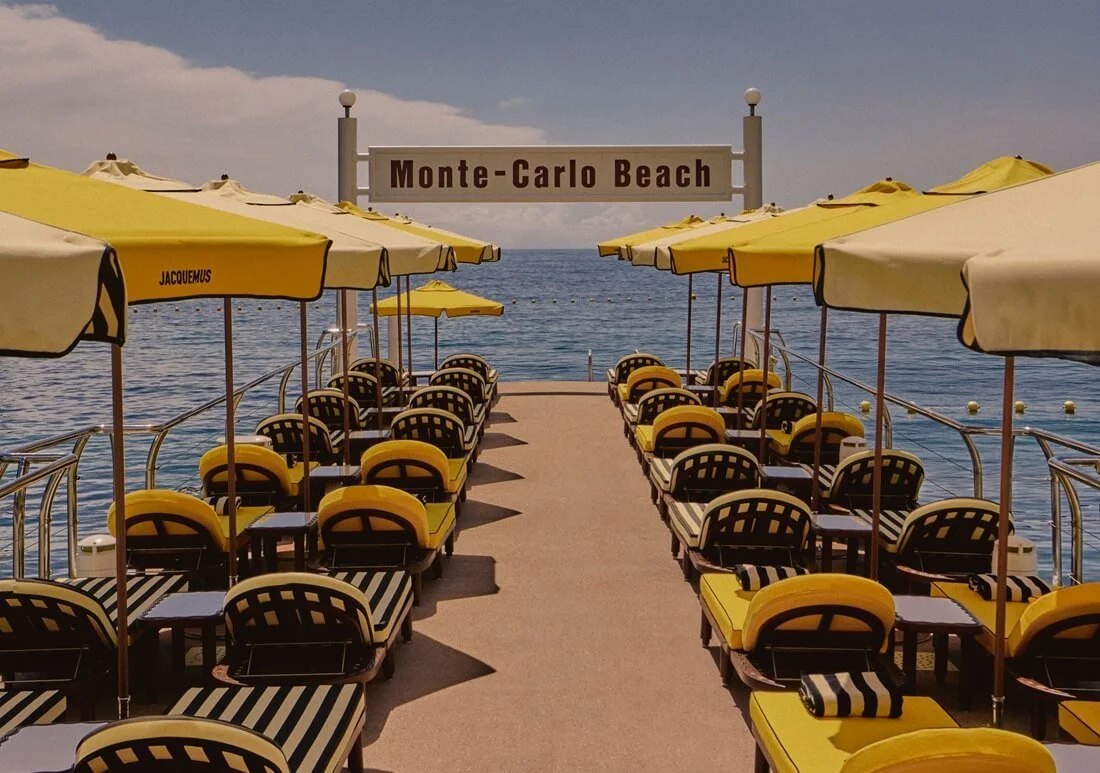The New Codes of Luxury: Three Critical Insights for Wine & Spirits Brands
Feature by Havas Media Lux
Our latest New Codes of Luxury report revealed that Luxury Brands are failing to engage the consumers who matter the most; a changing landscape coupled with changing needs states are proving a big challenge. At an intimate breakfast hosted by Havas Media Lux with The Luxury Communications Council, we shared this stark reality with leading wine and spirits brands and explored where the potential solutions were.
The research reveals a fundamental shift in luxury consumption. While brands continue targeting yesterday's consumers, a new dominant segment is reshaping the entire category. The question isn't whether this change will continue—it's whether brands will adapt quickly enough to capitalise on it.
Here are the three critical insights every luxury wine and spirits brand needs to understand:
1. Meet The Memory Makers: Your New Priority Cohort
A new luxury consumer segment is taking centre stage, and they think about luxury completely differently than previous generations. Memory Makers don't buy luxury to own it—they buy it to live it. Their defining belief: "Luxury items make the best memories." Unlike Quality Connoisseurs (who focus on exclusivity) or Opulent Enthusiasts (who seek status display), Memory Makers prioritise experiential significance over possession or display. They're 180% more likely to say luxury provides an experience, conduct extensive research before purchases (17% vs. average), take time considering each acquisition (22% vs. average), and will travel to find the right piece (15% vs. average). The opportunity is clear: brands that understand how to create, curate, and amplify meaningful memories will dominate the next decade of luxury growth.
The Memory Makers, today's most potent cohort
2. Alcohol as Memory Anchors: The Category Advantage
Wine and spirits brands have a unique advantage with Memory Makers—alcohol serves as a powerful "memory anchor" that transforms ordinary moments into lasting celebrations. Our research reveals that alcohol acts as both a ritual marker and social catalyst, becoming sensory triggers that can instantly transport consumers back to significant celebrations years later. Whether it's champagne at weddings or whisky shared between friends, these drinks become embedded in life's most meaningful moments. Memory Makers' preferences break down as 43% favouring champagne, 36% preferring wine, and 21% choosing spirits.
Importantly, 22% of Memory Makers would choose luxury non-alcoholic options on occasion, driven by health, mindfulness, and religious reasons—particularly among younger consumers. This isn't a threat; it's an expansion opportunity for brands willing to innovate. The key insight for wine and spirits brands is clear: position your products as essential tools for memory creation, not just premium beverages.
Moët & Chandon Hot Air Balloon, 2025
3. The Human Connection Framework: Three Amplified Engagement Opportunities
Connecting with Memory Makers requires moving beyond product features to address fundamental human psychological needs through three core opportunities. Distraction involves creating vibrant, fast-paced, and visually engaging activations using humour, social proof, and collaborators to grab attention while keeping experiences playful and aspirational—think Jacquemus Beach Club pop-ups or The Macallan's Cirque du Soleil collaboration. Esteem focuses on building high-status experiences that appeal to ambition through premium aesthetics, exclusivity, and sophisticated communication that generates shareable moments, as seen in Moët & Chandon's sleek minimalist campaigns or Bottega Veneta's understated insider luxury. Growth strategies inspire curiosity, creativity, and self-improvement using fresh, natural aesthetics with open, aspirational messaging that encourages personal evolution, exemplified by The Balvenie's craftsmanship narratives or Hermès' artisan appreciation stories.
The most successful luxury brands will master these approaches to create deeper, more enduring relationships with consumers who see luxury as a means to a more significant, memorable life. Rather than focusing on just one human connection technique, the most effective brands will weave distraction, esteem, and growth elements throughout their consumer journey to address different moments and mindsets.
Jacquemus takes over The Monte-Carlo Beach Club, 2025
The luxury wine and spirits category stands at a unique advantage. Memory Makers are already predisposed to see alcohol as central to their most meaningful experiences. The brands that will win tomorrow, will be those that recognise Memory Makers as their priority growth opportunity, and utilise human connection to reach them.
If you’d like to find out more, or receive the report in full, you can contact Hmgukcomms@havasmg.com.
To find out more about Havas Media Lux get in touch via Hmgukcomms@havasmg.com or via their website havasmedialux.com.



